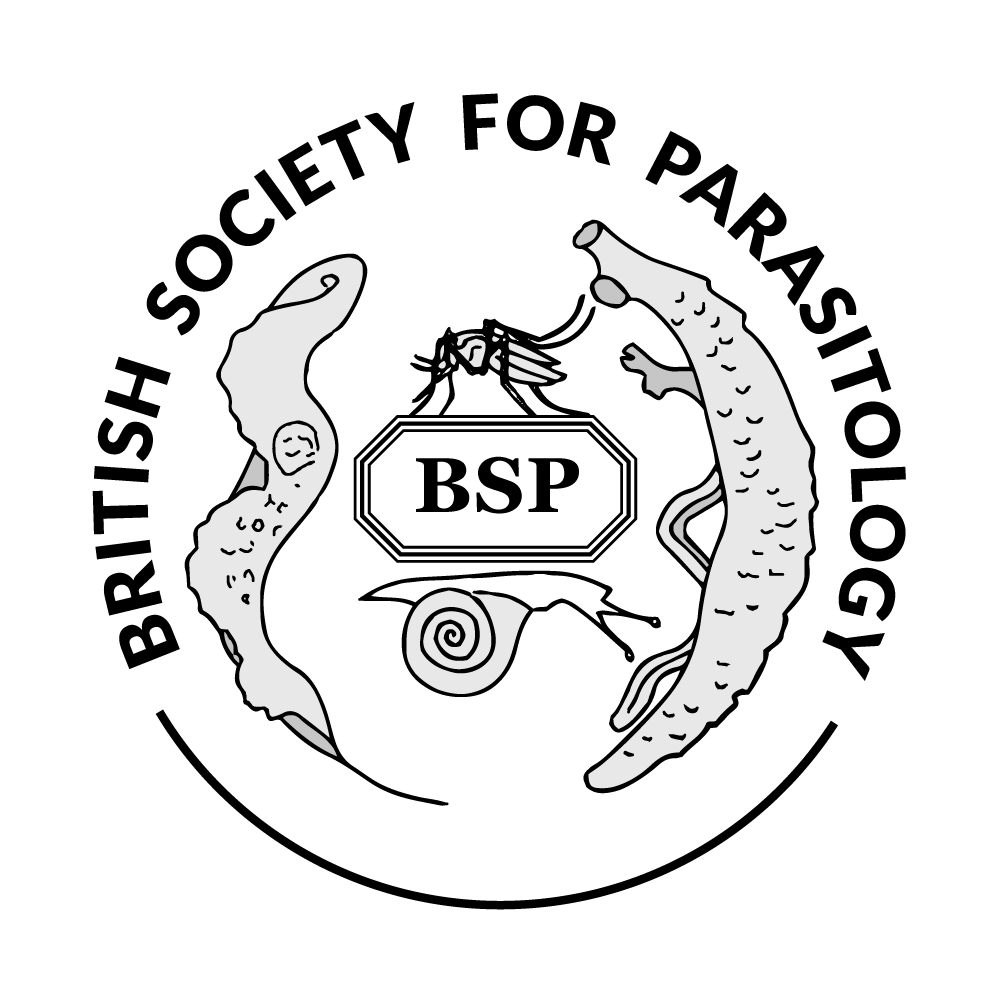Authors
S Roure1; 1 Fundación Lluita contra les Infeccions, SpainDiscussion
Schistosomiasis is highly endemic in sub-Saharan Africa and frequently imported to Europe. Male urogenital manifestations are often neglected. We aimed to ascertain the prevalence of genitourinary clinical signs and symptoms among long-term African migrants in a non-endemic European country using a serology test.
We carried out a prospective, community-based cross-sectional study of adult male migrants from sub-Saharan Africa living in Spain. Schistosoma serology tests and microscopic urine examinations were carried out, and clinical data were obtained from an electronic medical record search and a structured questionnaire.
We included 388 adult males, mean age 43.5 years [Standard Deviation (SD) = 12.0, range: 18–76]. The median time since migration to the European Union was 17 [Interquartile range (IQR): 11–21] years. The most frequent country of origin was Senegal (N = 179, 46.1%). Of the 338, 147 (37.6%) tested positive for Schistosoma. Parasite eggs were present in the urine of only 1.3%. Nine genitourinary clinical items were significantly associated with positive Schistosoma serology results: haematuria (55.2%; OR = 2.37, 95% CI: 1.5–3.6), dysuria (52.1%; OR = 2.01, 95% CI: 1.3–3.1), pelvic pain (45.2%; OR = 1.57, 95% CI: 1.0–2.4), self-reported episodes of infertility (32.1%; OR = 1.69, 95% CI: 1.0–2.8), orchitis (20.7%; OR = 1.81, 95% CI: 1.0–3.1), pain on ejaculation (14.5%; OR = 1.85, 95% CI: 1.0–3.5), dyspareunia (12.4%; OR = 2.45, 95% CI: 1.2–5.2), erectile dysfunction (9.5%; OR = 3.10, 95% CI: 1.3–7.6) and undiagnosed syndromic STIs (5.4%). Clinical signs tended to cluster.
Urogenital clinical signs and symptoms are prevalent among male African long-term migrants with a positive Schistosoma serology results. Genital involvement can be frequent even among those with long periods of non-residence in their sub-Saharan African countries of origin. Male Genital Schistosomiasis should be addressed in the general frame of control and prevention of imported schistosomiasis in Europe. Further research is needed to develop diagnostic tools and validate therapeutic approaches for chronic schistosomiasis, as well as to implement screening programs that allow early diagnosis and treatment to avoid chronic complications. 
